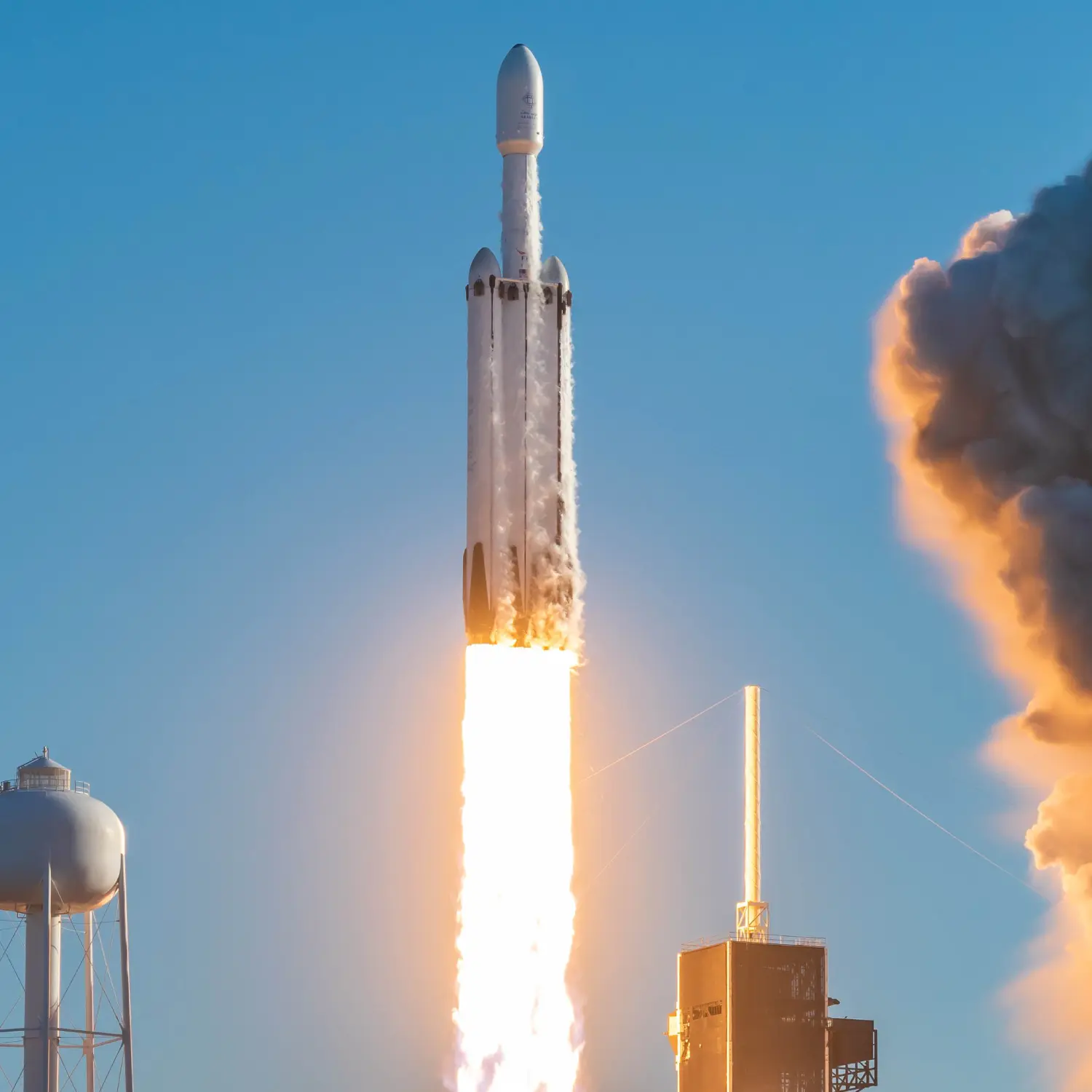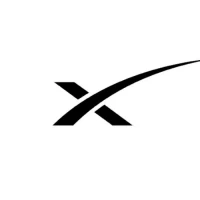ViaSat-3 Americas & Others
Launch Success
Liftoff Time (GMT)
00:26:00
Monday May 1, 2023
Watch Replay
Official Livestream
Mission Details
Read Article
Launch Notes
First Falcon Heavy launch to expend all three cores, and first Falcon Heavy launch to use flight-proven fairing halves. Additionally, this was the 100th reuse of flight-proven fairing halves in the Falcon family, and the furthest downrange recovery of fairing halves, at 1960km downrange.
ViaSat-3 Americas
The ViaSat-3 class of Ka-band satellites is expected to provide vastly superior capabilities in terms of service speed and flexibility for a satellite platform. The first two satellites will focus on the Americas and on Europe, the Middle East, and Africa (EMEA), respectively, with the third satellite planned for the Asia Pacific (APAC) region, completing Viasat's global service coverage. Each ViaSat-3 class satellite is expected to deliver more than 1 terabit per second of network capacity and to leverage high levels of flexibility to dynamically direct capacity to where customers are located.
Geostationary Earth Orbit
1 Payload
6,400 kilograms
Arcturus
Arcturus is a telecommunications satellite built and operated by Astranis Space Technologies with capacity leased exclusively to Pacific Dataport. The spacecraft will provide high-speed internet to remote areas in Alaska.
Geostationary Earth Orbit
1 Payload
300 kilograms
G-Space 1 (Nusantara H-1A)
The CubeSat was placed in a geostationary orbit and will host several payloads, including Earth observation, scientific experiments, and bring-into-use (BIU) services at Ku, Ka, and V/Q frequency bands. One of the payloads, Nusantara H-1A, is an Indonesian placeholder satellite that will temporarily use the frequencies of a geostationary orbital slot reserved for a delayed communications satellite, allowing Indonesia to retain the rights to those frequencies. Another payload, called Orbit Guard, is being developed by Infinite Orbits, and it will use next-generation computer vision capabilities driven by machine learning-based estimation techniques to track Resident Space Objects (RSOs) for Space Situational Awareness.
Geostationary Earth Orbit
1 Payload
22 kilograms
Rocket


Agency
SpaceXPrice
$97.00 million
Rocket
Height: 70m
Payload to Orbit
LEO: 63,800 kg
GTO: 26,700 kg
Liftoff Thrust
22,819 Kilonewtons
Fairing
Diameter: 5.2m
Height: 13m
Stages
2
Strap-ons
2
Launch Site
Stats
Falcon Heavy
6th
Mission
2nd
Mission of 2023
SpaceX
233rd
Mission
29th
Mission of 2023
2023
65th
Orbital launch attempt

